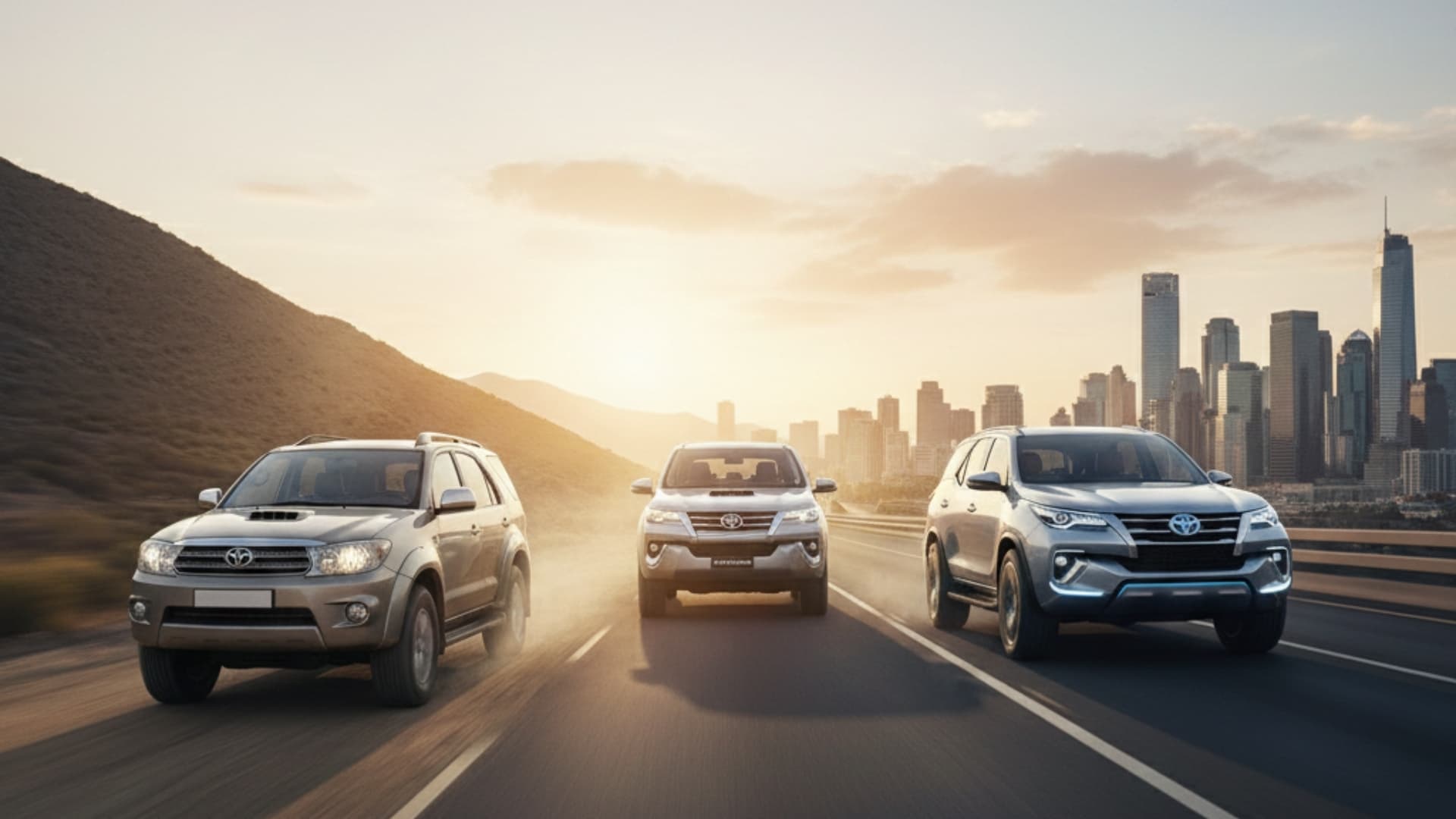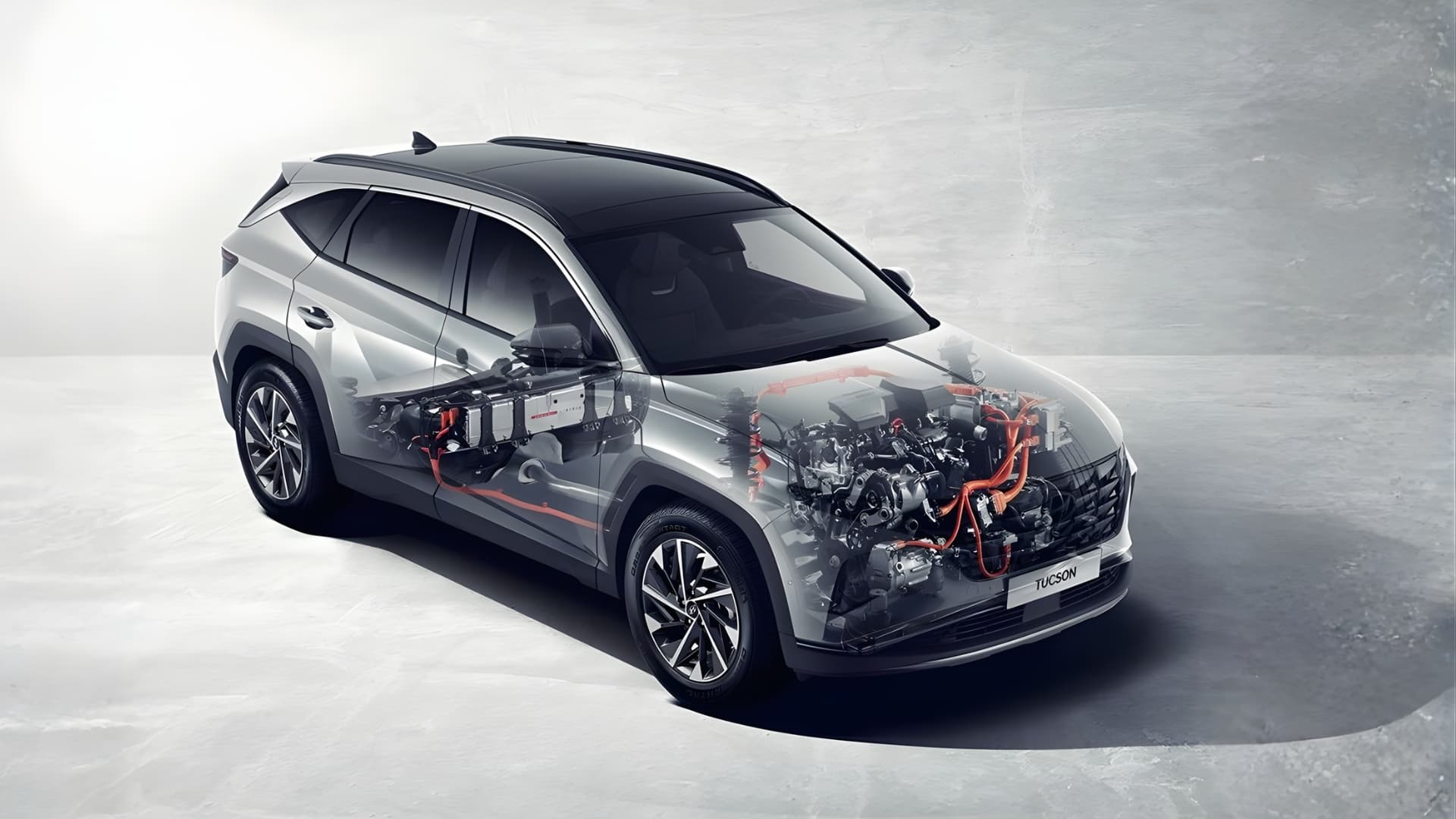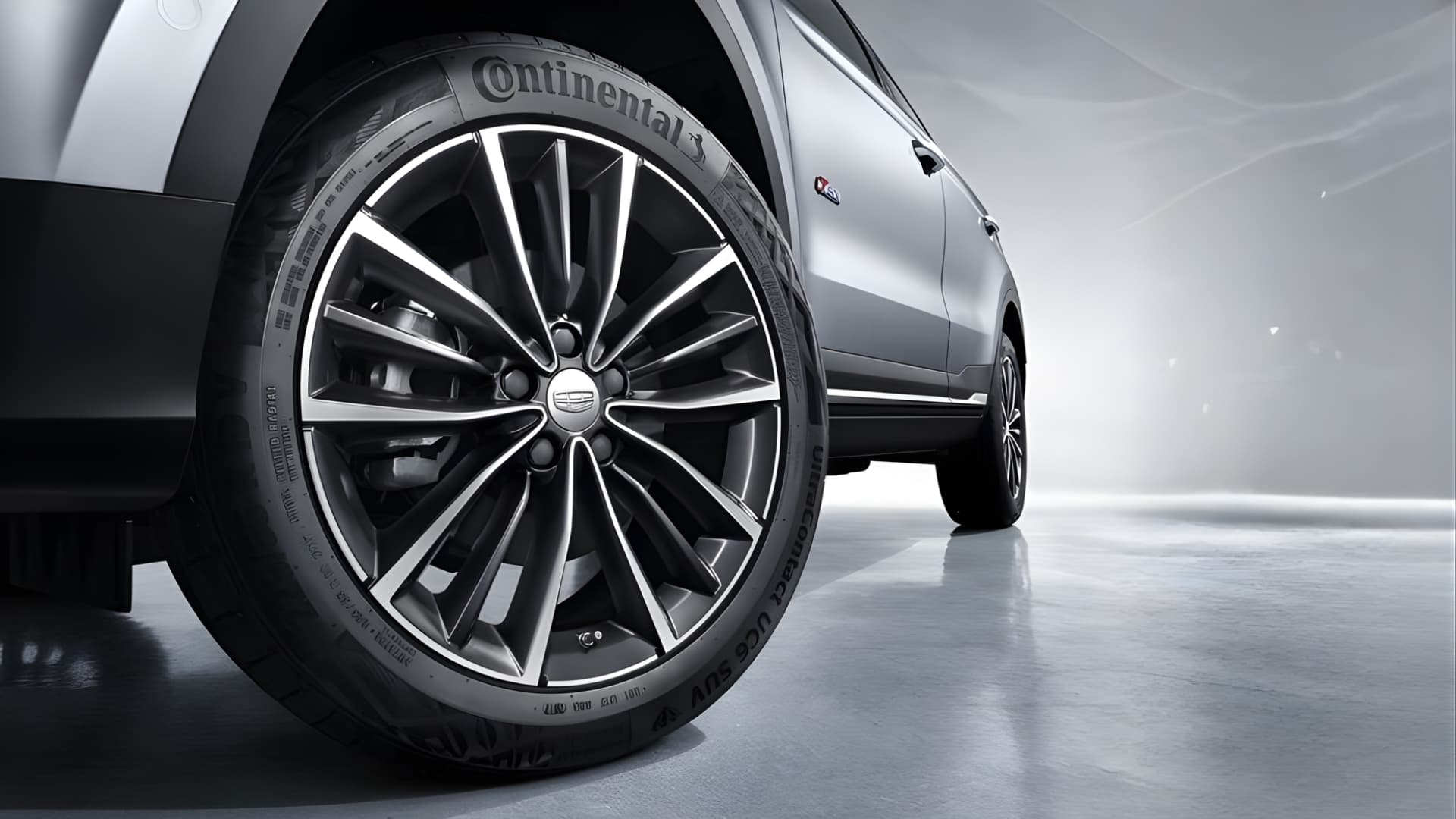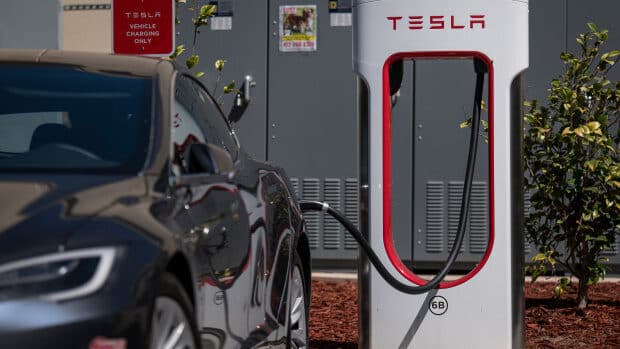
In Australia, the demand for hybrid and electric vehicles is at an all-time high.
According to data made public by the Electric Vehicle Council in January, sales of electric vehicles (EVs) increased from 2020 to 2021, reaching nearly two per cent of total new car sales.
Data indicates that electric vehicle sales increased to 1.95 per cent market share of new cars. Tesla topped the list with its sales of the Tesla Model 3. 12,094 Tesla Model 3 EVs were sold in 2021.
In the past year, hybrids have also grown in popularity, with conventional models (HEVs) accounting for 7.1 per cent of all new cars, utes, SUVs, and vans purchased in Australia in 2021, a 20.3 per cent increase from the previous year.
Is this because of the fluctuating fuel prices? This is certainly a major factor. However, while there has been a surge in the number of sales in 2022, Australia is still behind many other countries when it comes to the sale of electric cars.

The EV Boom in Australia Since 2020
In spite of COVID-19 restrictions and component constraints, the worldwide market for cars saw electric vehicle growth surpass it in 2021, increasing by 26% from the year before. Global sales of electric cars reached a record of 6.4 million in 2021, with China accounting for 13% of all new electric car sales.
With 7,430 new registrations, sales in NSW exceeded the 6,900 electric vehicles delivered countrywide in 2020. Despite harsh criticism of the state government's proposed road-user charging system, there were 6,396 sales in Victoria. Statistics reveal 20,665 sales made across the country for 2020, with nearly 1,000 sales in the ACT raising the market share in the capital to 5.87 per cent.
Electric vehicles offer numerous benefits. In an effort to meet important emissions-reduction goals, the majority of the world's top economies have committed to starting the transition away from petrol and diesel vehicles. Automobile manufacturers, notably Nissan, Mazda, Ford, and General Motors in Europe, have set deadlines for the phase-out of gasoline and diesel vehicles and the transition to all-electric vehicles by 2030.
Market penetration was mainly limited to the North American, Chinese, and European markets. These regions accounted for 6.3 per cent of global sales in 2021, which increased their market share from 2019, before the pandemic. The rest of the world, including Australia, fell behind.
Five of the top 10 most popular models in Australia last year had drive-away prices under $50,000, according to data from the Electric Vehicle Council released in January 2022.
It seems that in Australia, range anxiety (the fear that an EV has insufficient energy to last the duration of a journey) was a key reason why EV sales got off to a slow start. This has now changed.
However, Behyad Jafari, chief executive of the Electric Vehicle Council, claimed that good policy changes at the state level were what caused the increase in sales. Mr. Jafari believes that Australia should be a leader when it comes to the EV market, and it seems that we might be heading in this direction.
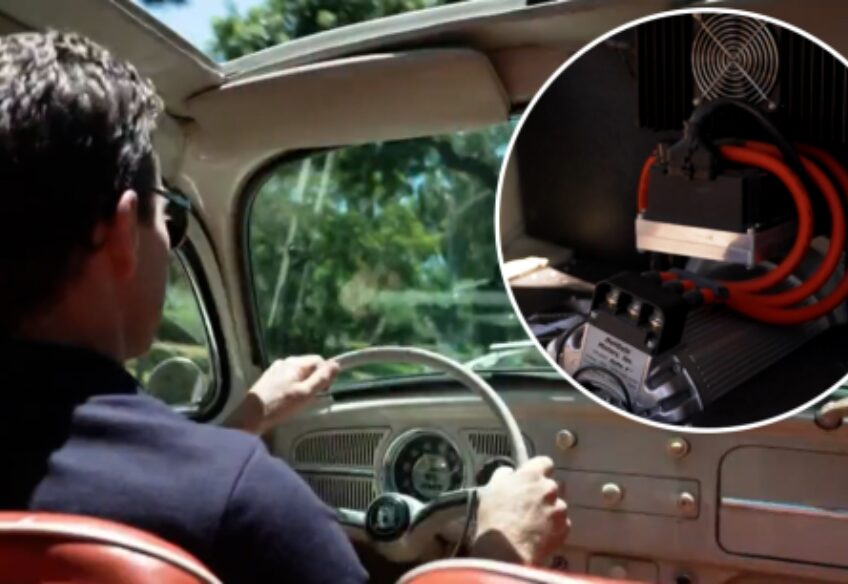
Why Has Australia's EV Uptake Been Slow in the Past?
Federal government policies and messaging are primarily to blame for Australia's delayed adoption of EVs.
The federal government committed an additional $250 million to promote the adoption of EVs when it unveiled its Future Fuels and Vehicles Strategy in November of last year.
However, because the majority of the financing is going toward charging infrastructure, the strategy ignores one of the barriers that many people face. The real problem is the upfront cost of these new vehicles. They are simply too expensive for people to afford.
Are the States and Territories Doing Anything to Increase the Number of Electric Vehicles Sold?
The ACT has the highest EV adoption rates in the nation; in 2021, EVs made up 5.87 per cent of all new cars bought there.
Furthermore, the ACT government also has the nation's most generous EV policy.
In addition to waiving registration fees and stamp duty, the government is providing an interest-free loan of up to $15,000 for 10 years. This is great news as the average electric vehicle in the various automotive industries costs around $15,000 more than the average vehicle.
The NSW government additionally provides a $3,000 rebate on the purchase price of EVs with a dutiable worth of less than $68,750 and a stamp duty waiver.
Queensland provides EVs purchased for less than $58,000 with a $3,000 subsidy over the following three years.
South Australians can also qualify for a $3,000 incentive and a three-year registration exemption when they purchase a battery-electric vehicle and hydrogen fuel cell vehicle that is eligible.
Victoria offers a $3,000 rebate on all eligible EV purchases.

Will Increasing Fuel Prices Drive the Number of Electric Vehicle Sales?
The higher fuel prices that have been prevalent across the entire world are likely to encourage people to switch to more fuel-efficient vehicles and plug-in hybrids. This offers better savings than conventional fuel-powered vehicles.
Overall, electric vehicles and hybrid vehicles make much more sense economically. It is also a much better alternative for the environment as it reduces the carbon footprint.

What Are the Best-selling Plug-in Hybrid Vehicles in Australia so far?
Nearly 3,000 plug-in hybrid electric vehicles (PHEVs) have reportedly been sold in the first six months of 2022 in Australia, more than doubling sales from the same time period in 2021.
Sales of PHEVs, which are marketed as combining the best of electric power and petrol, are not growing faster than those of completely electric vehicles (104% vs. 127%, excluding Tesla - in July 2022); however, they are still exceeding the growth of "traditional" hybrid sales.
The BMW X3, Mitsubishi Eclipse Cross, Ford Escape, and other plug-in hybrid models are now available for purchase which is what is driving the sales surge; however, the Mercedes-Benz C-Class and Kia Niro are no longer available.
With 897 reported sales of the MG HS Plus EV throughout the first half of 2022, it is by far the best-selling plug-in hybrid electric vehicle in 2022. This more than doubles the sales of the Mitsubishi Eclipse Cross PHEV, which came in second (409 sales).
Although it only debuted in March last year, the MG outsold the following three vehicles combined in terms of sales, beating them both by about 55% overall and by 353% in the first six months of 2021.
Because of the sales performance of the Plus EV, Australians purchased more PHEVs made in China than any other country of manufacture, together with the Volvo XC60 Recharge Plug-in Hybrid (with 605 sales, Japan was second).
The Mercedes-Benz GLC300e took the top spot in the luxury plug-in hybrid sales race, with 211 reported sales, an increase of 48 per cent. It was followed by two Volvo models, the XC60 (up 6.3 per cent with 170 sales) and the XC90 (up 86 per cent with 149 sales).
Due to a switchover between the old and new models, the next-generation Mitsubishi Outlander PHEV, which was 2021’s best-selling PHEV, registered only 50 sales in the first half of 2022 in comparison to 251 in the same period in 2021.
The Hyundai Ioniq Plug-in (47 sales, up 38.2 per cent), BMW X5 xDrive45e (up 56.5% with 108 sales), and Ferrari's plug-in hybrid lineup are other PHEVs reporting a sales improvement year-over-year, albeit from modest bases (12 sales, up from six).
Not all plug-ins, however, saw a rise in sales; in fact, sales of Mercedes-Benz's and BMW's plug-in sedans and hatchbacks fell by as much as 24 per cent for Mercedes (the A250e, from 33 to 25) and 82% for BMW (the 530e, from 17 to three).
Additionally, in the case of the BMW 745e (and Range Rover Sport P400e), the reduction in manufacturing prior to the introduction of new-generation models is likely to have affected these results due to a decrease in supply.

What Are Plug-in Hybrids?
With an internal combustion engine (ICE) under the hood, plug-in hybrids can provide the benefits of a battery-electric vehicle without giving up the security it brings.
Most PHEVs use electricity for emissions-free motoring for the typical Australian commute; however, they can also operate as traditional hybrids if the battery runs out.
The pure-electric driving range has a disadvantage over conventional hybrids in that it necessitates a larger battery, which frequently results in a less fuel-efficient and heavier car than comparable hybrids and even certain ICE vehicles when utilizing the engine alone.
Australian consumers' preferences are shifting away from electrified internal-combustion vehicles, which is being recognized by a number of manufacturers.

How Can We Encourage a Wider Uptake of EVs in Australia Moving Forward?
While EV sales in the first half of 2022 doubled compared to those of 2021, how can we make sure that this growth continues?
Even while many Australians are willing to switch to low- and no-emission motor vehicles, many just cannot afford it.
The federal, state, and territorial governments should ensure that their own fleets are 100% electric in addition to offering discounts to make EVs more affordable to purchase and investing in charging infrastructure.
How can this help? A great deal of government vehicles generally end up being sold in the second-hand automotive market.
While this will certainly take time, implementing these changes will make EVs and hybrids more accessible to the general public in the future.
Commitment to improving the fuel efficiency standard could also help speed up the process. Promoting environmentally-friendly practices would encourage more electric vehicle manufacturers to enter the Australian car market.
In order for Australian households and businesses to be able to make the change to EVs and hybrids, the government needs to change the dependency on imported fuel.
It's all about encouraging people and car manufacturers to introduce more of these models into the market.

Are You Looking for a Used EV or Hybrid?
The second half of 2022 is looking just as promising as the first half in terms of the rise of EVs and hybrids. This paints an accurate picture of what we can expect to see in the future.
More Australians are trying to make the change to electric cars and plug-in hybrids. However, for some people, these vehicles are just too expensive to afford, which is why at Westside Auto, we can help! We provide various used car types, which is more affordable than paying for a brand-new vehicle. If you're looking for a used EV in Perth, contact us today at (08) 6145 0099.


